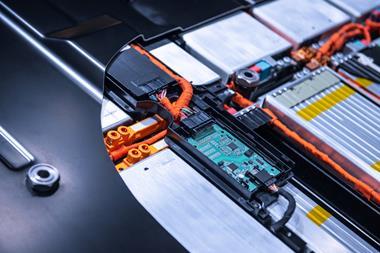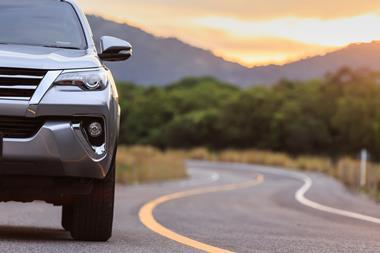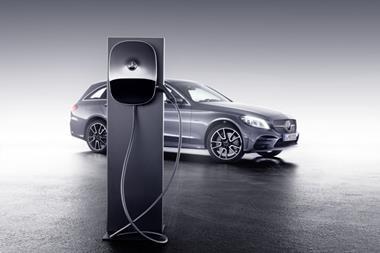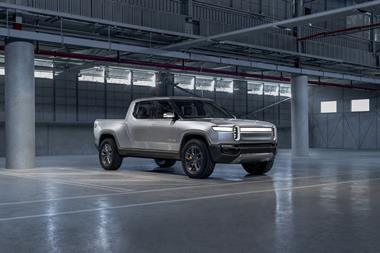Although OEMs in Europe are facing billions of euros worth of fines as stricter CO2 emission regulations come into effect next year, the acceleration towards electric and hybrid powertrains is resulting in new innovations in vehicle platform engineering to reduce energy consumption.
At Automotive from Ultima Media, we foresee big changes in vehicle design and engineering as manufacturers strive for CO2 savings, and especially as they move away from modified ICE platforms.
In our latest report, “Climate Change vs. Carmakers”, we forecast a significant shift towards vehicle electrification as carmakers try to meet the targets, which phase in during 2020 and 2021, and will tighten further over the next decade. According to Daniel Harrison, automotive analyst and author of the report, many carmakers in Europe have so far electrified their range by modifying existing models. The Volkswagen e-Golf, for example, is based on a standard Golf, using the MQB platform shared by a large range of petrol and diesel vehicles across the group. The electric Renault Zoe, likewise, is a modified version of the Clio.
However, Harrison points out that the new generation of electric vehicles will have platforms designed specifically for EV use, such as VW’s new MEB platform, with much greater design optimisation. The first vehicle to use the MEB is the VW ID.3 entry-level electric vehicle, launched at the recent Frankfurt Motor Show. Volkswagen will eventually use the platform across group EV models, including from Porsche, Audi, Skoda and Seat. Ford will also use the MEB to build electric vehicles for the European market as part of the two carmakers’ new alliance.
A platform designed for EVs allows for important engineering changes, such as more aerodynamic shapes to the bonnet and underbelly, as well as more flexibility in design and passenger features.
We anticipate a significant shift in design as OEMs attempt to reduce emissions in Europe, with impacts as well for other markets.
Design changes:
- Without a conventional engine bonnet, the windscreen can be pushed forward and more steeply raked, achieving better aerodynamics and allowing improved cabin space.
- Without an exhaust system or radiator, EVs can have a completely smooth underbelly and a sealed front, significantly improving aerodynamics.
- Without a conventional engine bay in the front or a petrol tank at the rear, EVs can have shorter overhangs; this allows the wheels to be pushed to the corners and for a longer wheelbase, providing more space for the underfloor batteries as well as in the passenger cabin.
- Eliminating the transmission tunnel allows for more space and flexibility in the design of the passenger cabin.
- The battery pack can be placed at the lowest possible centre of gravity in the cabin and thus optimise vehicle handling.
- Electric motor powertrains are usually more compact than conventional ICE units, including the potential to have one motor per wheel. This allows design creativity compared to the traditional ‘three box’ design.
- EVs rely mainly on regenerative braking to recoup the otherwise wasted heat from conventional disc brakes and use it as energy. This means that EVs do not need wheel rims that are as well ventilated, and so wheel designs can be optimised instead for aerodynamics.
While few OEMs are unlikely to avoid fines from the new regulations, we foresee OEMs using the above as well as other design changes to achieve savings for ICEs and hybrids as well. For example, we expect a growing use of lightweight alterative materials such as polymers, composites and textiles, further substitutes for steel including not only aluminium but also titanium.
And this is likely just the beginning of major changes to come.
A full copy of the report, ‘Climate Change vs. Carmakers’, is available for download below for registered and logged-in users of Car Design News.


















